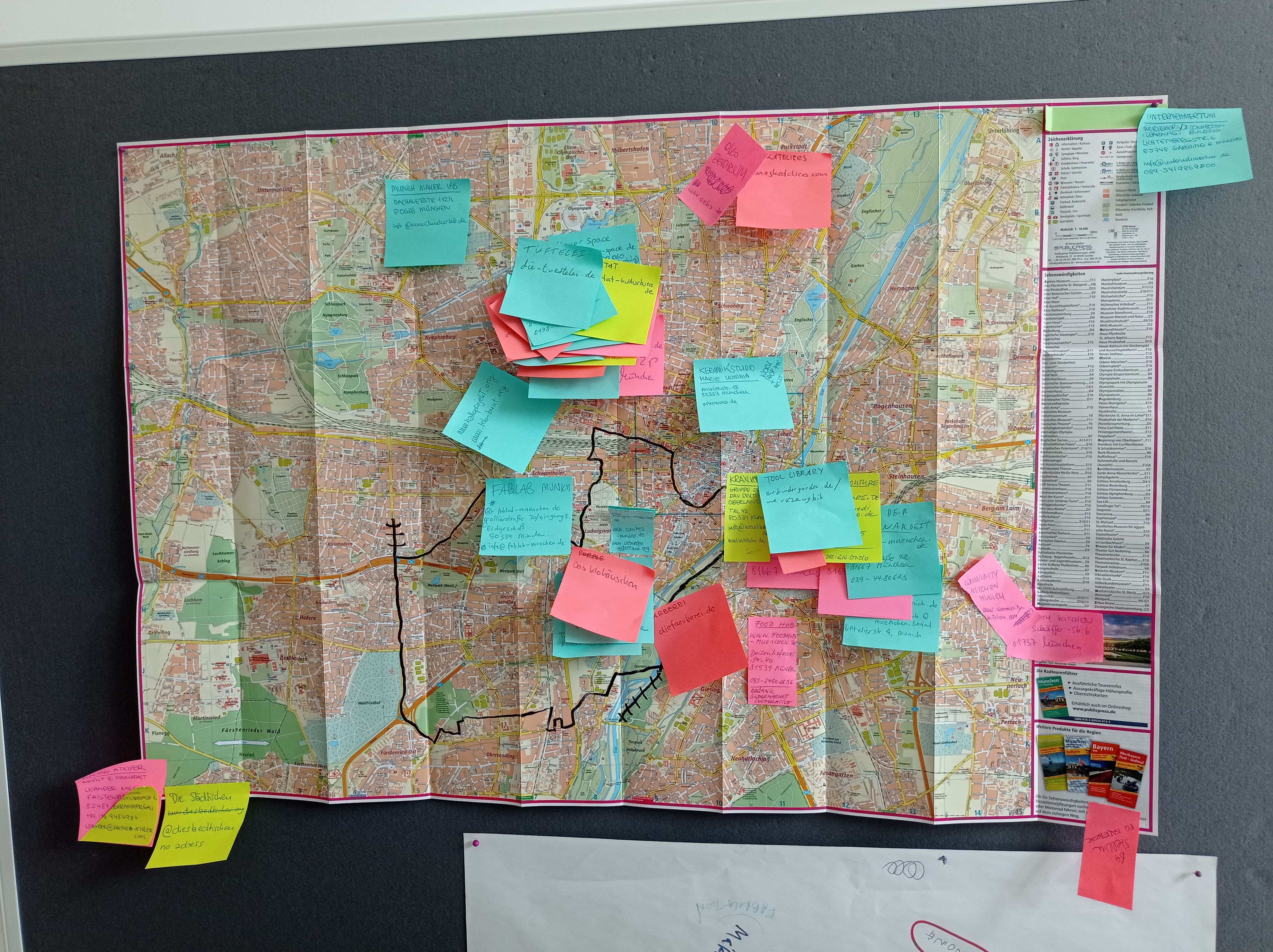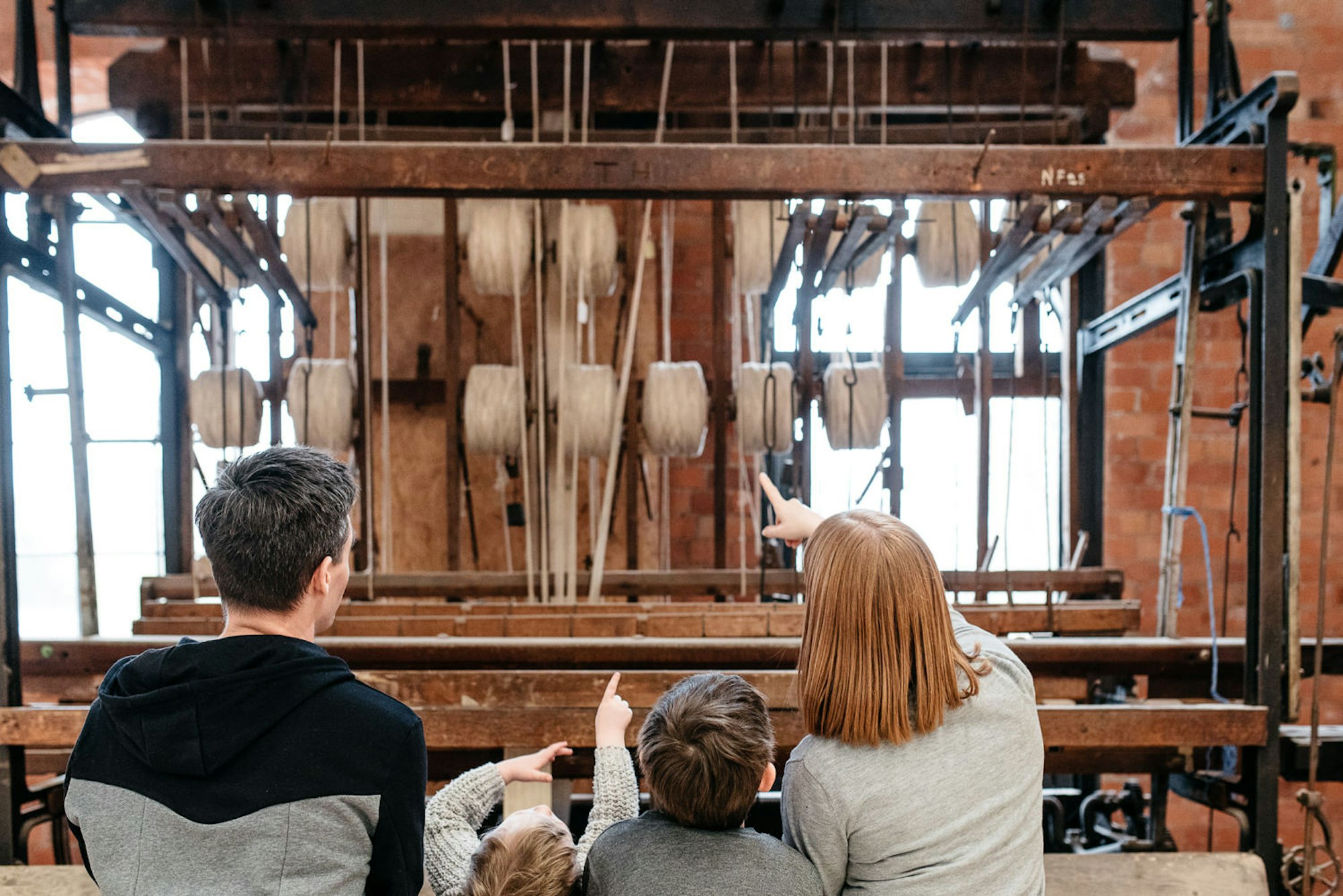Stories / Made Works /
Emily Millichip Made Works

Lottie Burnley, operations manager at Make Works, just received her first piece of custom clothing made in Scotland – a shirt designed and made by shirt extraordinaire and bespoke seamstress Emily Millichip.
Why were you so drawn to having a piece of custom clothing made?
I’m petite and I find shirts in particular very difficult to find in the correct proportions. I usually find myself swimming in a shirt that comes down to my knees with arms extending far beyond my fingertips. I tend to find that silk shirts suit me better but am not one for fussy fabric that I can’t wash easily so having a tailored piece made using a fabric that I had chosen sounded like a dream.
I’m also tired of high street shops. I know I don’t want to buy things that support exploitation and I don’t want to buy cheap clothes that break, but I also know that it’s not just the cheaper shops that have questionable sourcing, so it can be a challenge to know what I should and shouldn’t buy.
What was the process?
Fitting
The first step was to book in a fitting with Emily. This wasn’t just to get measured up but also to discuss what type of fit I was looking for, to try on a few shirts, and to discuss material weight, colour options, collar size and pockets.
Fabric Selection
Once this was done it was onto the fabric! After deciding on some colours and material types Emily sent over a bunch of links with different ideas, as well as showing me some of the fabrics that she was already working with.
I was pretty tempted to go with one of the beautiful silks printed by Tessuti Fabrics which you can see Creative Edinburgh’s Janine sporting here (shirt also made by Emily Millichip!) but after looking at the fabric I decided that I wanted something a little bit more robust.
I chose a light cotton fabric designed by Scottish designer Donna Wilson
Deciding on the details
The fabric was ordered in and then it was time for buttons! Emily sent me a fabric swatch and I went on a button hunt. We had talked about making buttons with the Donna Wilson fabric stretched over them, but in the end I couldn’t resist these bright red plastic buttons.
With all the decisions made, it was just down to Emily to make up the shirt.
So are you going to go and get your clothes tailored now?
Having everything custom-made, compared to high street shopping, is more expensive and the process takes time. For me, having to wait a while, being part of the creative process, and investing in a piece are all things that will make me look after my shirt, and be respectful and aware of the time and effort that has gone into its existence – and this certainly doesn’t just apply to shirts. Understanding how something has been made promotes a deeper relationship with a product whether it’s a piece of furniture, jewellery or a scarf. Although I won’t be having all my clothes custom tailored, I will definitely do it again and would certainly recommend you give it a go.

If you would like to find out more about Emily Millichip’s services you can see her listing on Make Works here.
On Make Works we also have Betty Spoke who is a custom tailor working with individuals to produce bespoke garments and artists on textile commissions.
If you would like to make a piece of clothing yourself check out MAKlab Textiles, Kalopsia Collective or Heriot Watt School of Textile and Design
Categories
Made Works
Related stories
Risotto Studio's Made Works; A rug made by Turnberry Rug Works
Kevin Andrew Morris' Made Works
Scott Myles' Made Works; A soap dish made out of soap
Sollas Bookbinding Made Works
Made Works: Laura Spring x V&A Dundee





